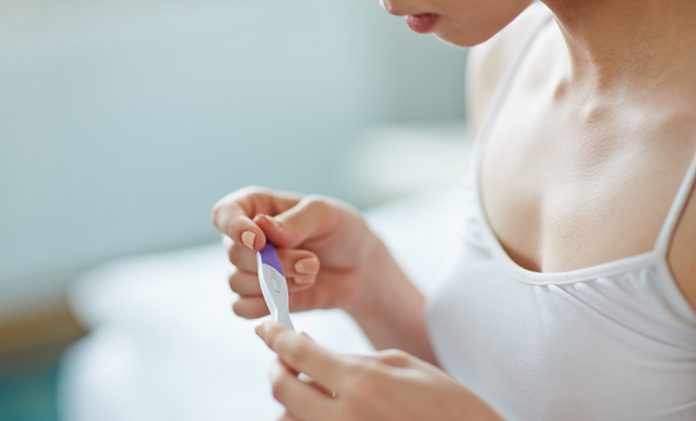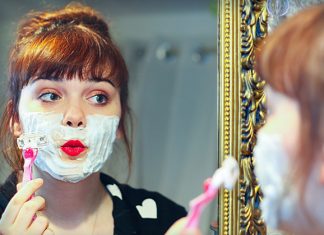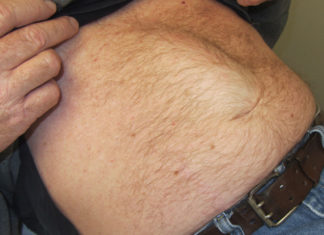An unplanned pregnancy can be quite troublesome. Therefore, an increased number of women are avoiding pregnancy without relying on chemical birth control or any medication. That is how to avoid pregnancy naturally.
If you can monitor the reproductive cycles of your body correctly and can abstain from sex at certain times, you can easily prevent pregnancy. Using natural birth control methods can be quite useful and give you much better control over your sex life.
Understand your fertility
The fertility of an individual depends a lot on their lifestyle as well as their health. The first step in understanding your fertility is to learn about ovulation. Ovulation is the process in which your ovaries release the eggs, and they move down the fallopian tube.
In the next 12 to 24 hours, they are fertilised if the eggs contact male sperm cells. If the egg does not get fertilized in that period, you do not get pregnant, and you have your period when the egg is released with the uterine lining.
On average, this cycle repeats every 28 days, ranging from 24 to 32 days. After you have your period, the cycle begins again.

When you have unprotected sex, sperm cells can live in the body for almost five days. If you have unprotected sex even five days before ovulation, there is a chance of getting pregnant.
This is the window where you are fertile. It isn’t easy to pinpoint the window since the cycles are different for different women.
Hence, to know how to stop pregnancy naturally, you need to track your cycles. Contraceptive methods, be it natural or artificial, prevents the sperm cells from coming in contact with the eggs.
Fertility awareness has two parts. First, you need to track the changes in your body to find the window when you are fertile. The second part is to avoid having unprotected sex during that period.
When done correctly, it is almost as effective as using condoms. Tracking and monitoring the reproductive cycles of your body is done in three steps: checking your body’s basal temperature, checking your vaginal mucus and recording that data. This is called symptom-thermal fertility awareness.
Over time, you will have a good idea of when your fertile window will start. It is difficult to understand when not to have sex. Most women prefer not to have sex a few days before the fertility window begins a few days after the window ends. If you have sex during this window, you can use a condom or any other contraceptive.
However, you need to know that tracking your cycle is not entirely foolproof. Often stress, illness, ageing, and other factors can change your period drastically. Therefore, to ensure that your home remedies to avoid pregnancy works, you need to be strict with gathering the data. This will give you better visibility over time.
Track your Basal Body Temperature
The first part of tracking your fertility window is to know your body’s basal temperature. The basal temperature is the lowest that it hits in a day. Over the 24 hours, your body temperature changes.
Now, there is no standard basal body temperature. It varies from person to person but stays somewhere near 96 degrees Fahrenheit. During and after ovulation, this temperature can rise to a range of 97 to 99 degrees Fahrenheit.
This is a significant change that you can obviously notice with a basal thermometer.
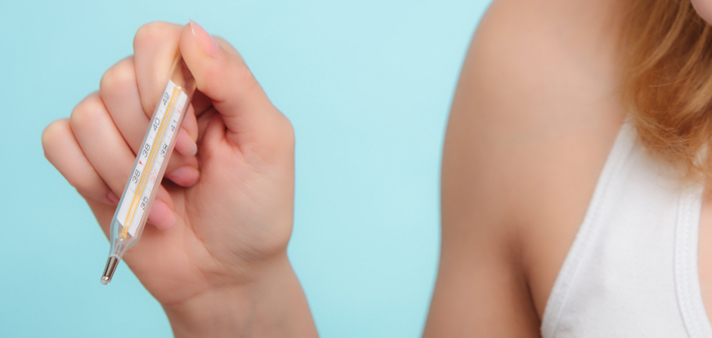
You can get a basal thermometer at any drug store. A regular thermometer that is used to check fever may not be handy. Once you get the thermometer, start keeping a chart of your daily temperature.
To take the most accurate reading, you need to take the body temperature at the same part of the day. The good idea is to take the temperature right when you get out of bed. Before you start moving around, note your temperature.
You can get the temperature from your mouth or your vagina. You can get the most accurate reading from your vagina. Make sure you take the temperature in the same way every time. You can get the reading in 30 to 60 seconds. You can note it down in a diary.
After you start noting down the temperatures for a month or so, you will notice spikes in the temperature every 7 to 12 days. It will increase by 0.4 to 1 degree before dropping back to normal.
This increased temperature indicates ovulation. Generally, the temperature rises two or three days after ovulation. Over time, with enough reading, you can anticipate when you will ovulate next.
If you have fairly regular periods, recording your temperatures for three months is good enough. You can see a pattern from where you can anticipate the ovulation. If your periods are irregular, you may have to record your temperature for up to six months.
Check your Cervical Mucus
Cervical mucus is the vaginal discharge that can give you an insight into your fertility. By checking the consistency and texture of your vaginal discharge, you can predict your fertile window. Start checking right after a period ends. Before you check the mucus, make sure your hands are clean.
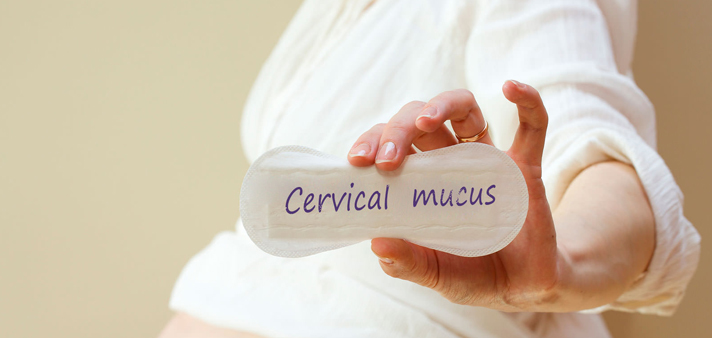
You can either use your fingers or a cotton swab to get some mucus out of your vagina. Right after the periods, you will not have much of a discharge. It will be mostly dry for three to five days.
After that, the mucus will be a little cloudy. It’s quite improbable for you to get pregnant when you have sex at this time. Following this period, you will notice that your cervical mucus has a white or creamy colour with a lotion consistency.
During this time, getting pregnant is much more probable if you have unprotected sex. In the following phase, the mucus will become thinner and will have the consistency of egg whites. It will be white and stretchy. This is the period when you are most fertile. The chances of getting pregnant are quite high during this time. Following this, it will become cloudy again for some more days, and your periods will begin after that.
On a diary or a calendar, note the colour and texture of the cervical mucus along with your body temperature. You can find a correlation between the change in excretion and the change in basal temperature.
Track your cycle on a calendar
You can use different symbols to track the beginning and end of your cycle. You can use a circle and a dot. To get more accurate predictions, make sure that you have followed at least eight cycles.
To find the first day of the fertile window of the current cycle, find day one of the current cycle and count forwards from it the length of the shortest cycle minus eighteen days.
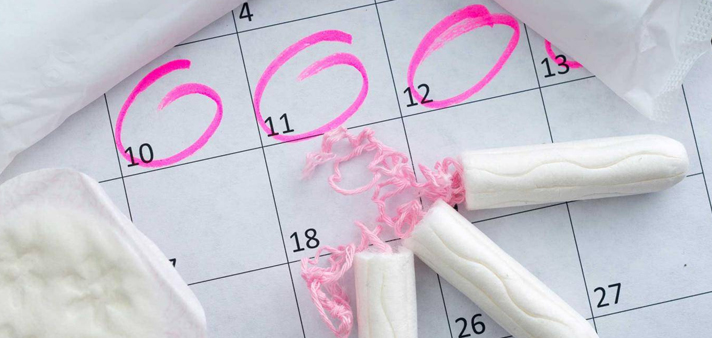
Say your shortest cycle was 24 days, and your current cycle started from the 1st of the month. Then the start of your fertile window would be 1 + 24 – 8, that is, on the 17th. For the last day, find the longest cycle recorded and subtract 11 days from it.
Then count that many days from day one of the current cycles. Say, the most extended cycle was 32 days. So, the end would be on 1 + 32 – 11, that is on the 22nd of that month.
Make use of your findings
To avoid pregnancy naturally, you need to be smart. These patterns indicate when you will be the least fertile and hence the most unlikely to get pregnant.
However, it is possible to get pregnant even outside the fertile window. It would help if you took the time to know your body when trying out natural contraception. After about a year of tracking, you will have a fair idea of your reproductive cycles.
As long as you are consistent with tracking and recording, you can have unprotected sex at certain periods with minimal risk of getting pregnant. However, do not hesitate to use a condom or some other contraception if you are in doubt.

